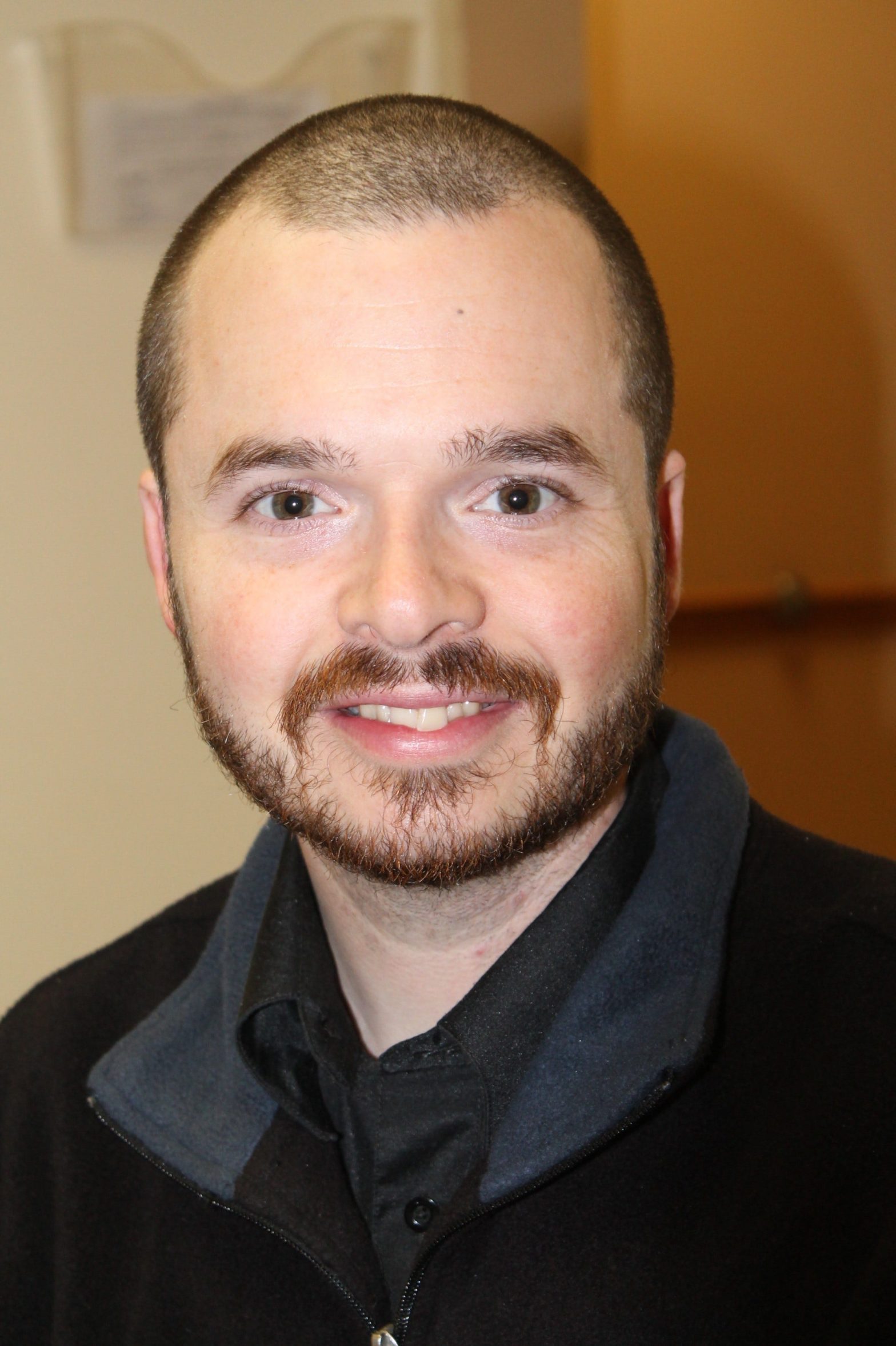
My sweetheart, Amanda, is about to graduate this fall with a BA in business administration from Pensacola State College. Currently, she’s a waitress, hoping her education will mean better days ahead. However, findings from the human capital company PayScale show the number 2 most underemployed 4-year college degree is Business Management & Administration. Mine was number 6, English Language & Literature. My plan after college, ten years ago, was to get some kind of stable job and spend my free time writing. We all know what can happen to plans. However, such is the topic of Wandering Truth this week: education and planning.
For decades, at least my whole life, the mantra was “Go to college and you’ll get a great job.” That was the long and short of it. However, as time has passed, stories abound of degree holders taking jobs at minimum wage and finding themselves working one or maybe more jobs outside of their fields. The problem, I believe, has to do with what we want versus what others want. I’m an optimist.
I believe almost any degree can work. However, the obscurity of the degree is directly related to how much work may be required to parley that Bachelor of Arts in French Poetry into a paying job. The Washington Post, sourcing PayScale, also noted the 10 least underemployed majors. Those fell mostly in Science, Technology, Engineering, and Math (STEM) fields such as Computer Engineering and Physics. The majority of readers likely know how popular these fields are now with the worldwide craving of new technologies. Every week a handful of breakthroughs appear on the scene whether it’s 3D printing to make replacement facial bones or prosthetic hands precise enough to hold an egg without breaking it. Degrees in these fields still require effort on the part of the holder to find and maintain work, of course, but the jobs are less difficult to find. The point is to make a plan regardless of the field of the degree. You can support your son or daughter’s college major decision, but encourage him or her to have as solid a plan as possible upon graduation.
The missing piece of this education puzzle is skilled trade labor. In school, fewer children generally say, “I want to be an HVAC technician when I grow up.” According to the employment company, Manpower Group, the number one hardest job to fill falls in the skilled trades: welding, plumbing, electricians, and machinists.
STEM work is the biggest push on school campuses now, but that’s because the work is there, and the U.S. needs to be competitive in these fields globally. However, Manpower showed at least a third of the workforce in skilled labor positions was at least 45 years old. If trends continue, the labor to construct the factories, machines, office buildings, and other facilities may dwindle further, increasing the costs of what we take for granted, as STEM workers find more and more competition. The ironic solution may be the STEM work itself. As technology improves, will a robot in the future be the ones to drive the nail of this decade’s retiring carpenter?
This article originally appeared on Santa Rosa Press Gazette: Skilled trade jobs difficult to fill
